Pakistan’s Solar Power Boom: The Next Big Market After South Africa?
Pakistan, a South Asian nation with over 200 million people, is emerging as a hotbed for home solar power systems with battery storage (solar-plus-storage).
Chinese customs data paints a booming picture: in the first four months of 2024, exports of solar panels, inverters, and lithium batteries to Pakistan surged by 110%, 170%, and 250% year-on-year, respectively.
This boom mirrors trends seen in Asia countries and stems from Pakistan’s fragile power grid. The country suffers chronic power shortages due to insufficient generation capacity and an aging, inefficient transmission and distribution network. Rolling blackouts are common, especially during peak summer demand.
Adding to the woes, Pakistan’s electricity prices are high, exceeding neighboring countries like India and Vietnam. This pushes households and businesses to explore alternative, cheaper energy solutions. As solar and storage costs continue to decline, installing a home solar-plus-storage system becomes a viable option to ensure reliable electricity and lower overall energy bills.
Driven by these factors, the demand for distributed solar-plus-storage systems in Pakistan is rapidly growing. According to the National Electric Power Regulatory Authority’s (NEPRA) “Generation Capacity Expansion Plan (IGCEP 2047),” Pakistan’s solar photovoltaic (PV) capacity is expected to reach 12.8 GW by 2030 and 26.9 GW by 2047.
Several Chinese solar and storage companies, including Sungold Century, Solaria Energy, and MobPow, have already entered the Pakistani market. Sungold Century even claims to be the country’s largest solar brand and provider of solar power plants and solar-plus-storage products.
The recent large-scale blackouts in Pakistan have further fueled the solar-plus-storage installation trend. At the 2024 Solar Exhibition held in Lahore, the country’s second-largest city, numerous Chinese storage companies like Sungrow Power Supply, GoodWe, Trina Solar, Canadian Solar, Orca Energy, and Inesa participated, showcasing their offerings.
Challenges Remain Despite High Potential
While Pakistan’s solar-plus-storage market boasts immense potential, it faces hurdles. The biggest challenge is the country’s economic development level. With a low GDP per capita, only a fraction of Pakistani households can afford home energy storage systems. Additionally, the relatively high price of lithium batteries restricts widespread adoption. Analysts note that previously, due to cost, lead-acid batteries were the preferred choice for households seeking backup power, but with lithium battery prices dropping closer to lead-acid levels in recent years, demand for lithium-based storage has seen a significant rise.
Therefore, despite the high hopes for Pakistan to follow South Africa’s lead in home energy storage, the market size and growth potential might not reach the same heights. Looking at global trends, Germany, Italy, the United States, Japan, and Australia dominated the top five for new home energy storage installations in 2023. Compared to these established markets, even with exciting prospects, neither South Africa nor Pakistan can yet fully replace them as a primary target for Chinese solar-plus-storage companies. For now, they represent a promising new opportunity.
MobPow Mobile Energy Technology Company provides complete, mature solar energy storage and application solutions.
Our affordable, modular installation process makes it easy for anyone to set up a system in no time.
Contact us today for a customized application solution.
Share this:
Solar Insights & Updates
Pakistan’s Solar Power Boom: The Next Big Market After South Africa?
Pakistan, a South Asian nation with over 200 million people, is emerging as a hotbed for home solar power systems with battery storage (solar-plus-storage).
Chinese customs data paints a booming picture: in the first four months of 2024, exports of solar panels, inverters, and lithium batteries to Pakistan surged by 110%, 170%, and 250% year-on-year, respectively.
This boom mirrors trends seen in Asia countries and stems from Pakistan’s fragile power grid. The country suffers chronic power shortages due to insufficient generation capacity and an aging, inefficient transmission and distribution network. Rolling blackouts are common, especially during peak summer demand.
Adding to the woes, Pakistan’s electricity prices are high, exceeding neighboring countries like India and Vietnam. This pushes households and businesses to explore alternative, cheaper energy solutions. As solar and storage costs continue to decline, installing a home solar-plus-storage system becomes a viable option to ensure reliable electricity and lower overall energy bills.
Driven by these factors, the demand for distributed solar-plus-storage systems in Pakistan is rapidly growing. According to the National Electric Power Regulatory Authority’s (NEPRA) “Generation Capacity Expansion Plan (IGCEP 2047),” Pakistan’s solar photovoltaic (PV) capacity is expected to reach 12.8 GW by 2030 and 26.9 GW by 2047.
Several Chinese solar and storage companies, including Sungold Century, Solaria Energy, and MobPow, have already entered the Pakistani market. Sungold Century even claims to be the country’s largest solar brand and provider of solar power plants and solar-plus-storage products.
The recent large-scale blackouts in Pakistan have further fueled the solar-plus-storage installation trend. At the 2024 Solar Exhibition held in Lahore, the country’s second-largest city, numerous Chinese storage companies like Sungrow Power Supply, GoodWe, Trina Solar, Canadian Solar, Orca Energy, and Inesa participated, showcasing their offerings.
Challenges Remain Despite High Potential
While Pakistan’s solar-plus-storage market boasts immense potential, it faces hurdles. The biggest challenge is the country’s economic development level. With a low GDP per capita, only a fraction of Pakistani households can afford home energy storage systems. Additionally, the relatively high price of lithium batteries restricts widespread adoption. Analysts note that previously, due to cost, lead-acid batteries were the preferred choice for households seeking backup power, but with lithium battery prices dropping closer to lead-acid levels in recent years, demand for lithium-based storage has seen a significant rise.
Therefore, despite the high hopes for Pakistan to follow South Africa’s lead in home energy storage, the market size and growth potential might not reach the same heights. Looking at global trends, Germany, Italy, the United States, Japan, and Australia dominated the top five for new home energy storage installations in 2023. Compared to these established markets, even with exciting prospects, neither South Africa nor Pakistan can yet fully replace them as a primary target for Chinese solar-plus-storage companies. For now, they represent a promising new opportunity.
MobPow Mobile Energy Technology Company provides complete, mature solar energy storage and application solutions.
Our affordable, modular installation process makes it easy for anyone to set up a system in no time.
Contact us today for a customized application solution.

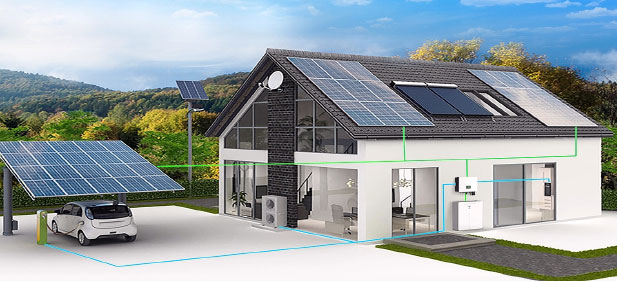
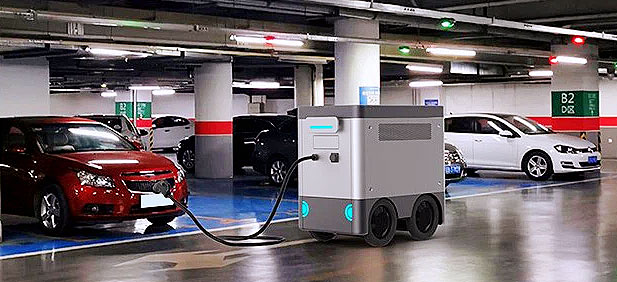










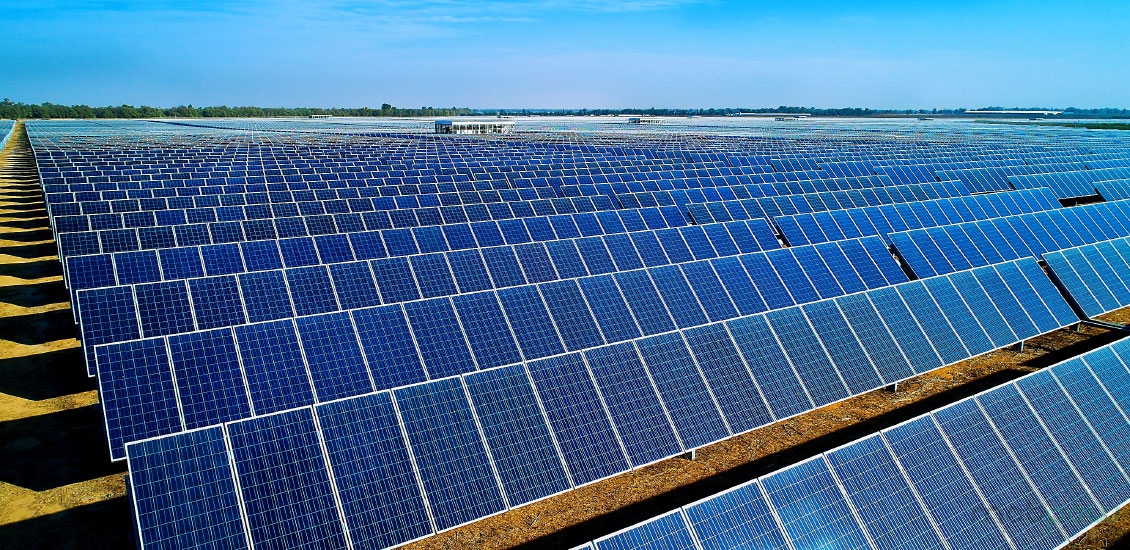
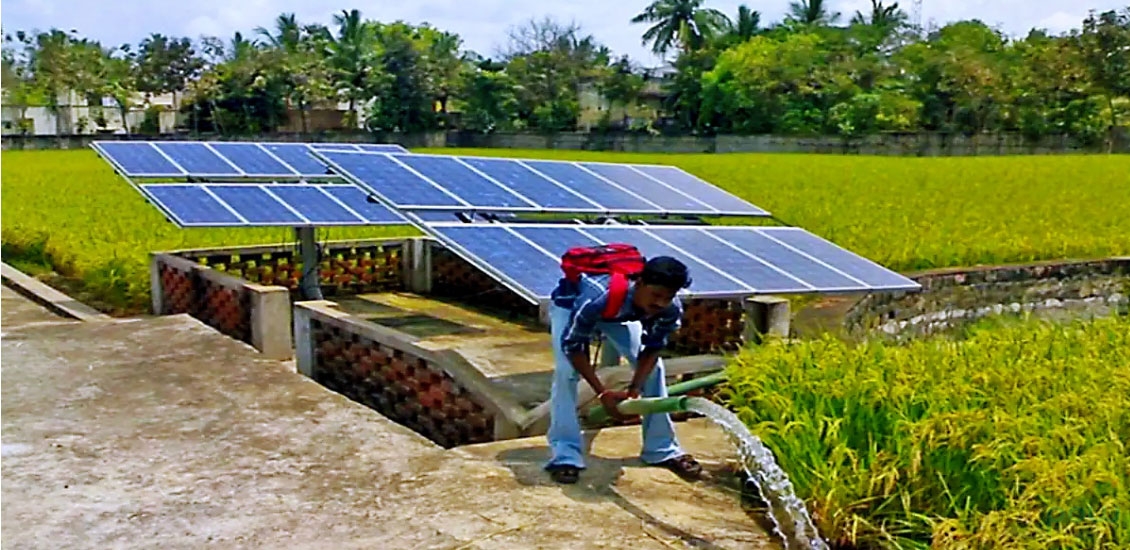

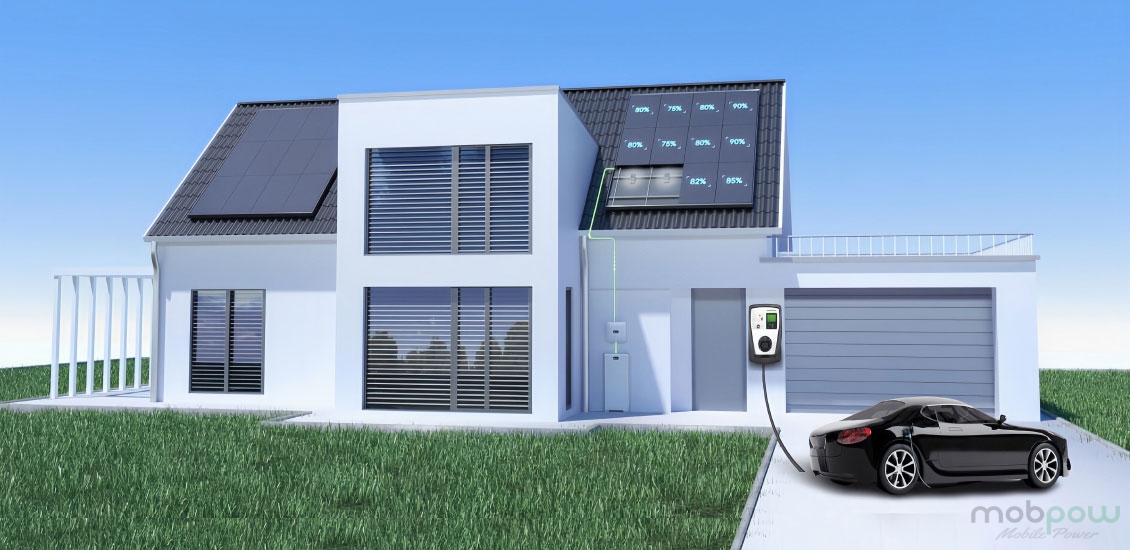
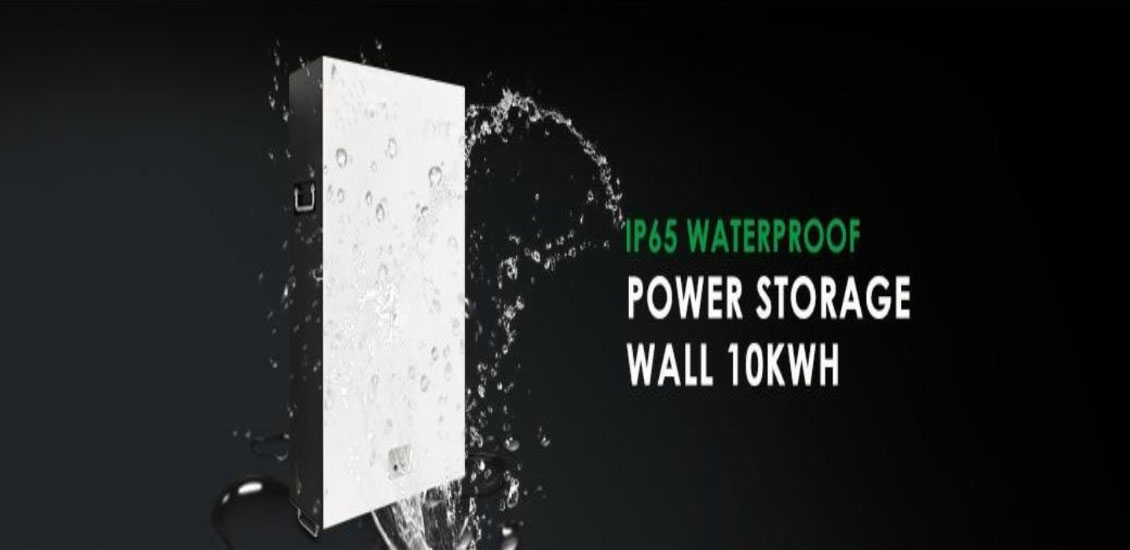
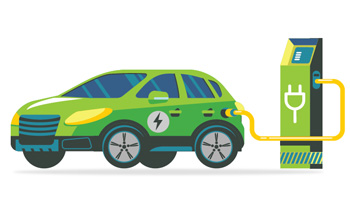
Smith Sunny says:
Smith Sunny says:
Smith Sunny says: